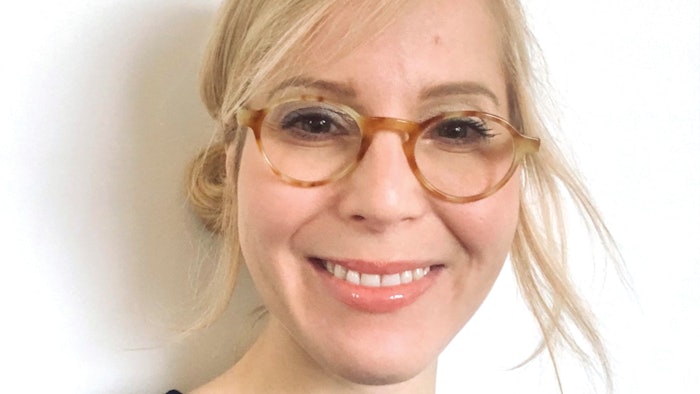Lighting up new applications in pediatric dermatology
Collaboration key between laser surgeons and pediatric dermatologists.

U044 – Novel Uses for Laser & Light-Based Devices in Pediatric Patients
Saturday, March 26 | 4:30-5:50 p.m.
Room: 160A
Selective thermolysis and other light-based techniques are familiar approaches to treating port wine birthmarks and other vascular anomalies. Adults who are naive to treatment respond even less effectively to light-based techniques than children. In fact, early treatment (before 1 year of age) has been shown to significantly improve outcomes with laser. There’s a significant gap in knowledge about the pathobiology of these birthmarks, why they progress over time, and how to optimally treat regardless of age. We need to close this gap to move from bench to bedside; this will improve the care of all patients across the age spectrum.
There is a clear need for greater collaboration between laser surgeons and pediatric dermatologists to identify best practices for laser-tissue interactions in children, said Lisa M. Arkin, MD, FAAD, associate professor and director of pediatric dermatology at the University of Wisconsin School of Medicine and Public Health, and the session moderator for U044 – Novel Uses for Laser & Light-Based Devices in Pediatric Patients. The session, co-moderated by Kristen M. Kelly, MD, FAAD, dermatology chair at the University of California, Irvine, is designed to encourage this collaborative dialogue about treating vascular anomalies in children and some of the new approaches that could enhance treatment outcomes.
Selective absorption
“The lasers used in dermatology affect specific light-absorbing targets based on selective thermolysis, the selective absorption of light energy by specific chromophore targets, most often hemoglobin, melanin, or water,” Dr. Arkin said. “We are essentially performing microsurgery and sparing the surrounding tissue. The energy delivered to the target chromophore, hemoglobin in the case of vascular birthmarks, produces a specific reaction in the skin, which is your clinical endpoint and optimally leads to clearance of the vasculature.”
Age-appropriate treatment
Age-specific concerns can guide optimal dosimetry and settings for treatment. Further, they may instruct on the potential for noninvasive imaging to guide laser treatment and pharmacologic adjuvant treatment to block specific molecular pathways responsible for these vascular anomalies.
Photocoagulation
Not every port wine birthmark responds optimally. Laser treatment settings are sometimes ineffective. Photocoagulation may be incomplete because the vessel is too dilated or too deep. Additionally, laser treatment does not alter the genetic mutations leading to most vascular anomalies.
“Incomplete photocoagulation is generally ineffective,” she said. “We know you need purpura for optimal results, but it doesn’t work in every patient.”
Port wine stains are caused by mosaic mutations of specific genes that produce cell cycle activation, although the downstream expression pathways are still poorly understood. Because we think the most common mutation in port wine stains, GNAQR183, is harbored within the endothelial cell, effective laser treatment could theoretically remove the genetic change through vascular ablation. However, we undoubtedly leave some vessels that are too deep or too dilated, and some may regrow over time. Therefore, laser is an imperfect treatment and underscores why we need targeted medical therapies, which could be combined with light.
“We know that many port wine birthmarks develop progression over time, including the development of stigmatizing soft tissue overgrowth and vascular blebs, which can bleed,” she said.
“We need to leverage the knowledge regarding genomics, which might include novel imaging to optimize our laser parameters. If we can quantitate the vessel depth and diameter, we may be able to tweak our laser parameters. The goal is to look at the patient, be able to predict their mutation based on genotype-phenotype mutations, and prescribe a topical medication to help optimize clearance when combined with laser.”
New OCT technology
Optical coherence tomography (OCT) shows early promise in evaluating the vasculature in vascular birthmarks, she said. There are promising correlations between genotype and phenotype in vascular patterning using OCT, but additional studies are needed to demonstrate clinical utility.
Visit AAD DermWorld Meeting News Central for more articles.
